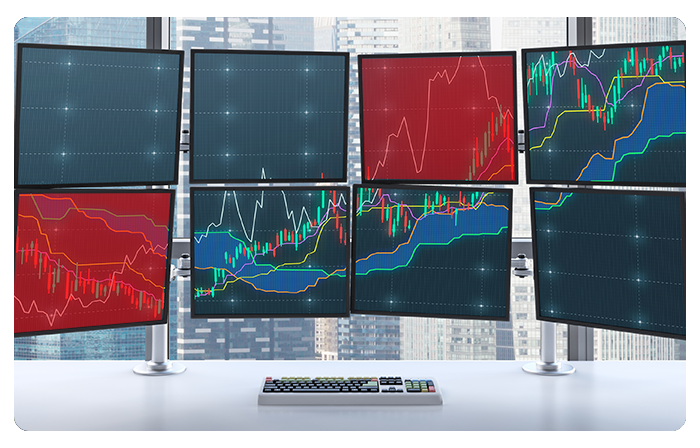Candlesticks and Heikin-Ashi are both charting techniques used in technical analysis to represent the price movements of financial assets over time. Here are the key differences between them:
- Calculation method: The most significant difference between candlesticks and Heikin-Ashi is the calculation method used to construct the charts. Candlesticks are calculated using the actual opening, high, low, and closing prices of an asset, while Heikin-Ashi charts are calculated using a modified formula that takes into account the average of the open, close, high, and low prices.
- Visual representation: Candlesticks and Heikin-Ashi charts also differ in their visual representation. Candlesticks show the full range of price movements for a given time period and use color to distinguish between bullish (price rising) and bearish (price falling) market conditions. Heikin-Ashi charts, on the other hand, represent the average price movements and use a uniform color to represent the price trend.
- Trend identification: Due to their different calculation methods, candlesticks and Heikin-Ashi charts can also produce different results when it comes to identifying market trends. Candlesticks are typically more responsive to short-term price movements, while Heikin-Ashi charts tend to produce smoother, less volatile charts that are better suited for identifying longer-term trends.
- Trading signals: Both candlesticks and Heikin-Ashi charts can be used to generate trading signals. However, the signals generated by each technique can differ, so it is important to understand the differences and use the appropriate charting technique for your trading strategy.
In summary, both candlesticks and Heikin-Ashi are useful charting techniques that can be used to analyze market trends and generate trading signals. However, they have different calculation methods and produce different visual representations, so it is important to choose the right technique based on your specific trading goals and needs. The lesson shows the trading signals of this technique with examples.





















